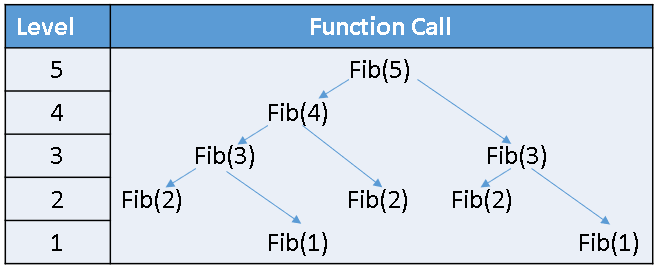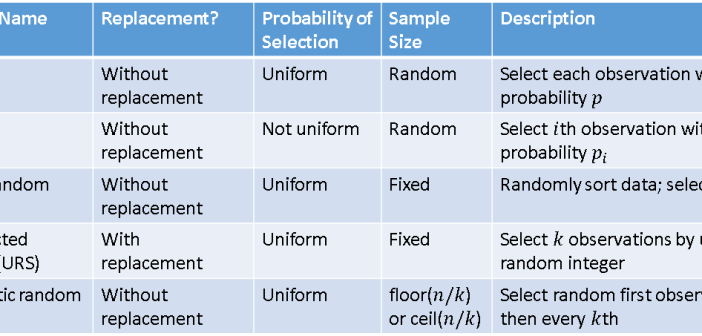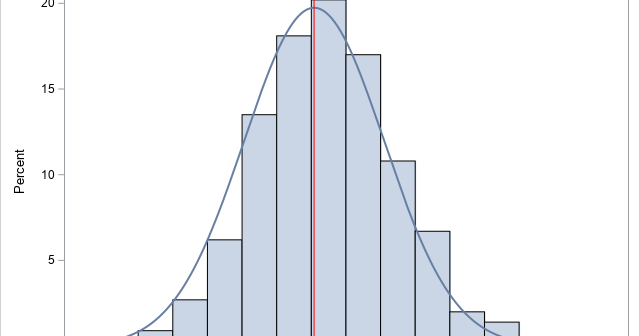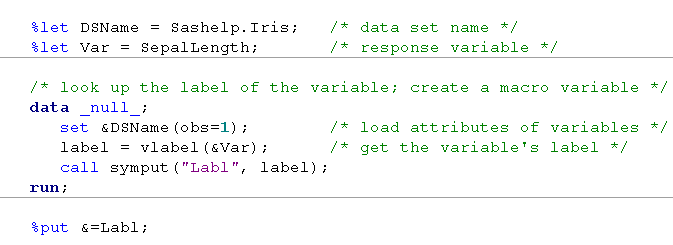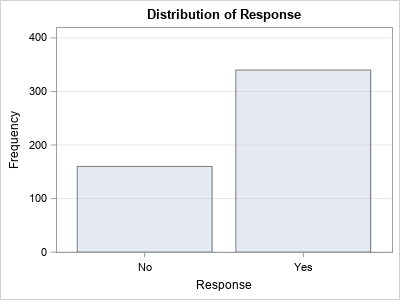
A previous article about how to display missing values in SAS prompted a comment about special missing values in ODS tables in SAS. Did you know that statistical tables in SAS include special missing values to represent certain situations in statistical analyses? This article explains how to interpret four special

